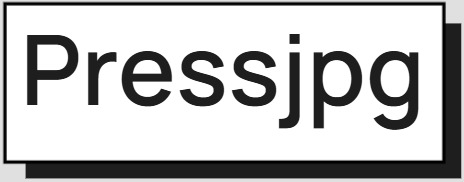What Is Image Compression and Why It Matters
Published by ImageCompressor | Updated 2025
Introduction
Image compression is the process of reducing the file size of an image while preserving as much of its quality as possible. It’s essential for improving website performance, speeding up page load times, and optimizing SEO. In this article, we’ll explore what image compression is, why it matters, the different types available, and how to use it effectively for web optimization and better user experience.
Why Is Image Compression Important?
High-resolution images can look great, but they also contribute to slow website speeds if left uncompressed. According to Google, a delay of even one second in page load time can lead to a significant drop in conversions. Image compression plays a crucial role in ensuring fast performance without sacrificing quality.
1. Page Load Speed
Faster pages keep users engaged and reduce bounce rates. Optimized images make up a smaller portion of total page weight and help achieve faster load speeds on both desktop and mobile.
2. SEO Benefits
Search engines prioritize fast-loading websites. Google’s Core Web Vitals directly measure load times and responsiveness — image compression is a simple way to improve these metrics.
3. Bandwidth and Storage Savings
Smaller files save server space and reduce bandwidth consumption. This is especially important for e-commerce stores, portfolio websites, and image-heavy blogs.
Types of Image Compression
- Lossy Compression: Removes non-essential data to reduce file size. Common in JPEG and WebP formats.
- Lossless Compression: Preserves all data and quality. Ideal for images with sharp edges or transparency (e.g., PNG).
When Should You Use Each Type?
Use lossy compression when file size reduction is more important than pixel-perfect quality, such as for product images or blog illustrations. Use lossless compression for logos, line art, and images with transparency or text.
Common Image Formats and Compression
- JPEG: Uses lossy compression. Great for photos.
- PNG: Lossless format. Ideal for graphics and transparency.
- WebP: Supports both lossy and lossless. Best of both worlds with modern browser support.
- AVIF: Advanced compression and quality. Not universally supported yet but very efficient.
Real-World Use Cases for Image Compression
- Compress product images on e-commerce websites
- Reduce loading time on blogs and news sites
- Optimize mobile app assets for faster startup
- Speed up portfolio and gallery-based websites
Tools for Image Compression
Popular tools include:
How to Compress Images Without Losing Quality
- Use WebP or AVIF for best results
- Resize before compressing
- Stick to 70–85% quality in lossy tools
- Use preview-based compression tools like ImageCompressor
Conclusion
Image compression is a simple yet powerful technique for improving your website's performance, SEO, and overall user experience. By understanding the types of compression, choosing the right format, and using reliable tools, you can reduce image sizes without compromising visual quality. For the best results, use a browser-based image compression tool that offers flexibility, batch downloads, and real-time preview.
